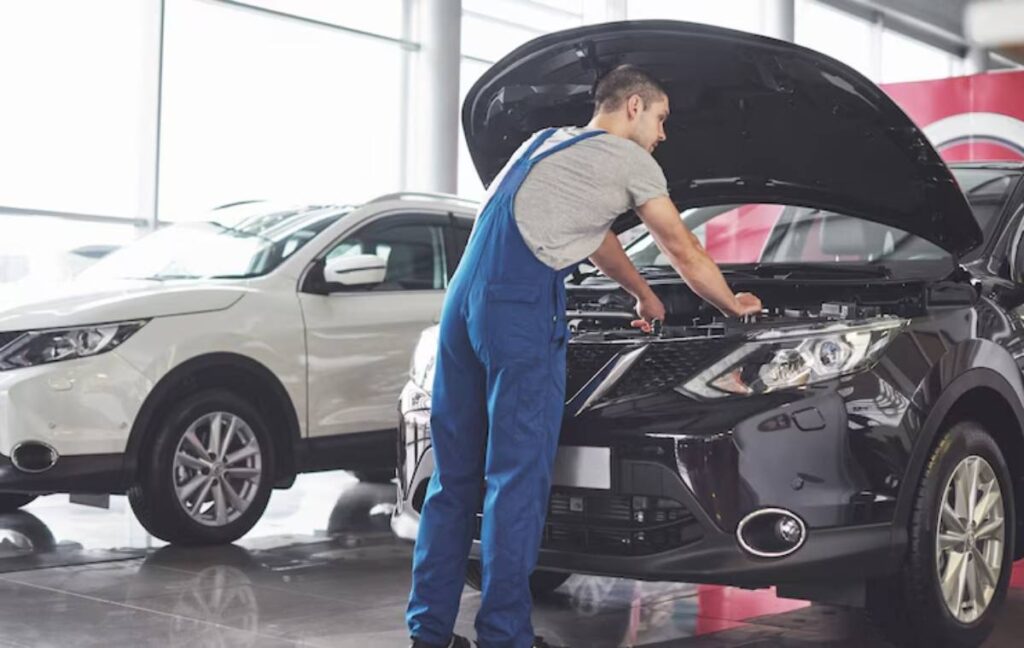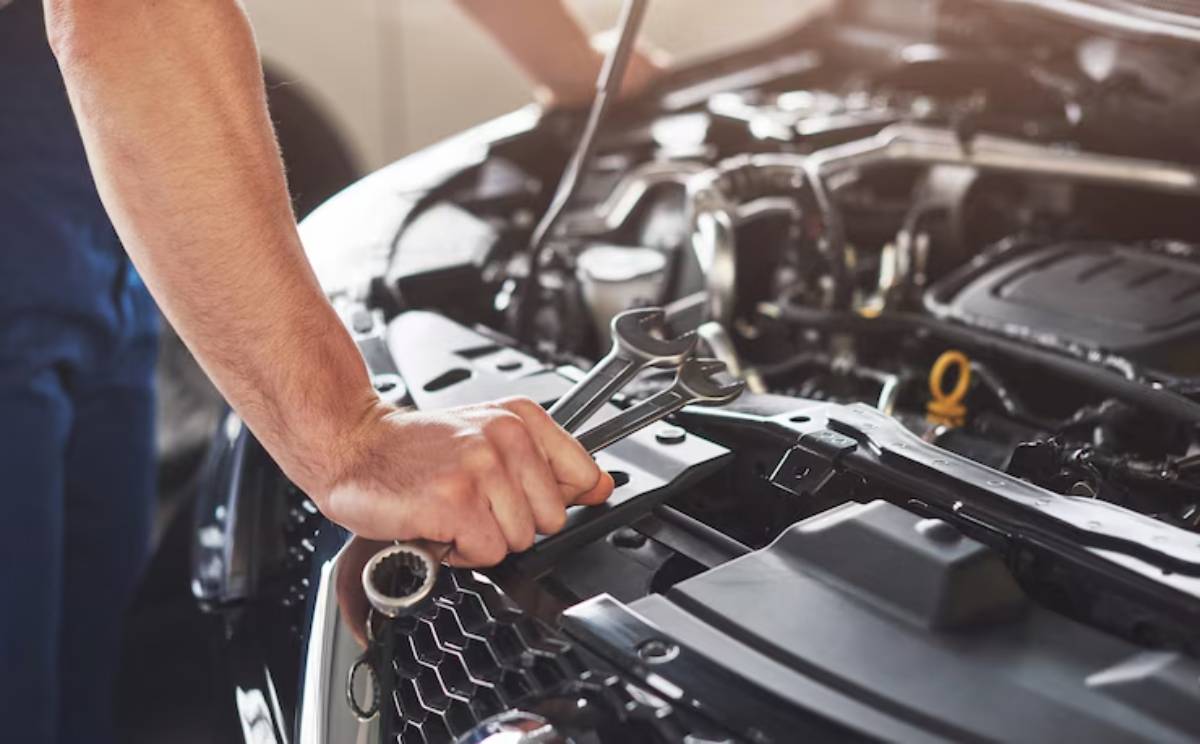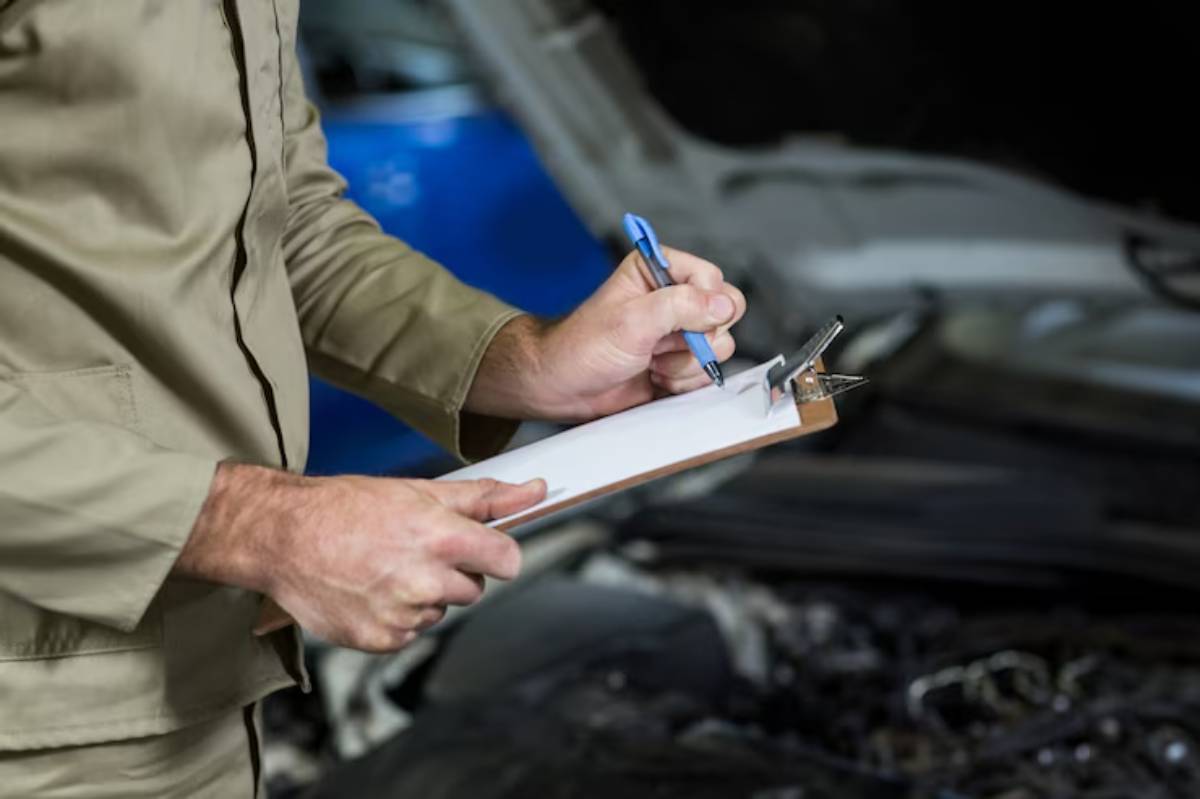The Automobiles Blogs

How to Maintain Your Family SUV for Long-Term Reliability
Your SUV isn’t just a vehicle — it’s a daily companion. From school drop-offs to weekend road trips, it carries your most precious cargo. And like any hardworking tool, it needs regular care.
Proper maintenance can help your vehicle last longer, drive smoother, and avoid costly repairs. This guide helps you maintain your family SUV. It includes a handy maintenance checklist to keep your car safe and reliable for years.
Pro Tip: A little prevention goes a long way. Routine care saves time, stress, and thousands of pounds in the long run.
Quick Guide: SUV Maintenance Essentials
- Stick to the service schedule outlined in your owner’s manual
- Check tyre pressure and fluid levels monthly
- Clean the interior and underbody to prevent wear
- Pay attention to unusual sounds, smells, or performance
- Don’t ignore dashboard lights
- Log your maintenance history
Important: Preventive care is always cheaper — and safer — than reactive repairs.

Step-by-Step: How to Maintain a Family SUV
Step 1: Follow the Manufacturer’s Service Schedule
Every SUV has unique maintenance needs based on its make, model, engine type, and mileage.
How to stay on track:
- Read your service booklet and follow mileage or time intervals
- Book annual MOTs and interim check-ups as needed
- Don’t delay scheduled servicing — it affects resale value and reliability
| Service Type | Interval |
| Oil + filter change | Every 10,000–15,000 km or 12 months |
| Full service | Annually or every 20,000 km |
| Major service | Every 2 years or 40,000 km |
Quick Tip: Set calendar reminders or use your car’s service app to stay updated.
Step 2: Check Tyres Monthly
Tyres are your only contact with the road — keep them in top condition.
What to check:
- Tread depth (legal minimum in the UK: 1.6 mm, but aim for 3 mm for safety)
- Tyre pressure (see your manual or driver’s side label)
- Look for uneven wear or visible damage
| Check | Why It Matters |
| Pressure | Affects fuel economy and safety |
| Tread depth | Impacts grip, especially in rain |
| Visual inspection | Catches early signs of punctures or damage |
Sustainability Tip: Proper inflation improves fuel efficiency and reduces tyre waste.
Step 3: Monitor Fluid Levels
Fluids keep everything running smoothly — and ignoring them can lead to expensive problems.
Fluids to monitor:
- Engine oil – Check monthly with the dipstick
- Coolant – Top up with the correct type to prevent overheating
- Brake fluid – Low levels could indicate a leak
- Windscreen washer – Essential for visibility
- Transmission fluid (if applicable) – Check with a specialist
Pro Tip: Use gloves and a funnel — it keeps things clean and precise.
Step 4: Replace Air and Cabin Filters
Filters affect engine health and cabin comfort.
| Filter | Function | When to Replace |
| Engine air filter | Keeps dirt out of engine | Every 12–24 months |
| Cabin air filter | Filters air inside vehicle | Annually or more with pets/allergies |
Quick Tip: If your AC smells musty or airflow weakens, it may be time to replace the cabin filter.
Step 5: Keep the Battery Healthy
Cold mornings, school runs, and short trips drain battery life.
Battery care:
- Test battery health annually, especially after year 3
- Clean corrosion from terminals
- Turn off lights and electronics when the engine is off
- Replace before failure — most last 3–5 years
Sustainability Note: Return old batteries to auto shops for safe recycling.
Step 6: Wash and Protect the Exterior
Salt, rain, and road grime eat away at paint and underbody.
Exterior care routine:
- Wash every 2–4 weeks (more in winter or after road trips)
- Wax every 3–6 months to protect paint
- Rinse under the wheel arches and body to remove salt
- Repair scratches quickly to prevent rust
Pro Tip: Use a microfibre cloth and two-bucket wash method to prevent swirls.
Step 7: Clean and Maintain the Interior
Your SUV’s interior takes a beating from snacks, sports gear, and kids’ feet.
Interior care tips:
- Vacuum regularly (under seats and in cracks)
- Wipe down surfaces with non-toxic cleaners
- Use seat covers and mats for high-traffic zones
- Clean up spills immediately to prevent stains and odours
- Treat leather seats with conditioner twice a year
| Area | How Often |
| Dash + touchscreen | Weekly |
| Carpets + seats | Monthly |
| Deep clean | Every season or holiday |
Step 8: Listen and Look for Warning Signs
You know your car best. Trust your senses.
Quick Tip: Record noises or take videos to show your mechanic — it helps with diagnosis.

SUV Maintenance Checklist (Printable)
| Task | Frequency |
| Check tyre pressure | Monthly |
| Inspect wiper blades | Every 6 months |
| Top up fluids | Monthly |
| Clean and wax exterior | Monthly / Seasonally |
| Vacuum and wipe interior | Biweekly |
| Replace filters | Every 12–24 months |
| Test battery | Yearly after 3 years |
| Oil + filter change | Every 10,000–15,000 km |
| Full service | Annually |
| MOT + emissions check | Annually |
Cost-Saving Tips for Long-Term SUV Care
- Join loyalty programmes at service centres
- Use synthetic oil — it lasts longer
- Wash and detail yourself instead of outsourcing
- Compare insurance rates annually
- Store your SUV in a garage if possible
Pro Tip: Keep a binder or app with all service records — it boosts resale value.
Common Mistakes to Avoid
| Mistake | Better Habit |
| Ignoring warning lights | Get diagnostics early |
| Skipping regular services | Stick to the schedule |
| Only washing when dirty | Wash proactively |
| Using cheap parts or fluids | Invest in quality — it protects your engine |
Frequently Asked Questions
How often should I service my family SUV?
Check your owner’s manual. Typically, every 10,000–15,000 km or once a year — whichever comes first.
Can I do some maintenance myself?
Yes. You can check fluids, replace filters, clean the interior, and even change wiper blades. For engine or brake work, see a professional.
What’s the best way to track maintenance?
Use a vehicle maintenance app or a notebook in your glovebox. Log every service, oil change, tyre rotation, and battery test.
Does SUV maintenance differ from smaller cars?
Yes — SUVs are heavier and may experience more wear on tyres, brakes, and suspension. Some also have more complex systems like all-wheel drive that need servicing.
How can I tell if my SUV is reliable long-term?
Look at how it performs between services, check online reviews, and stay ahead of issues with regular care. A reliable SUV is consistent, smooth, and doesn’t surprise you with sudden faults.
Reliability Starts With Routine
Your SUV keeps your family moving — but only if you take care of it. Follow a good maintenance plan. Watch for early warning signs, and keep your vehicle clean inside and out. This way, your car will stay reliable for years.
This practical way to care for your family SUV includes a clear maintenance checklist. It helps you build reliable family cars. You’ll feel ready for any road ahead.
Drive smarter. Maintain better. Keep your SUV in peak shape.









